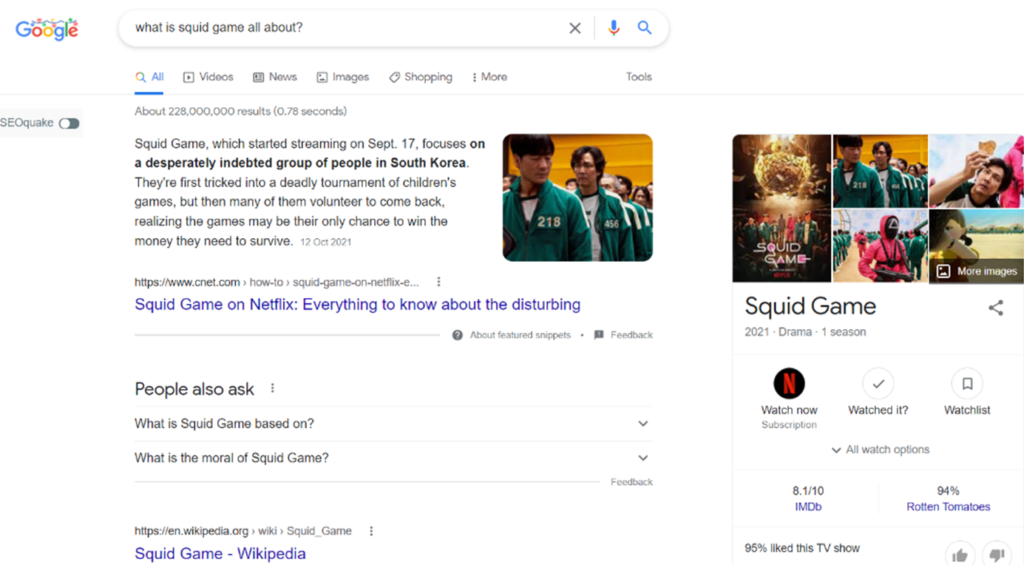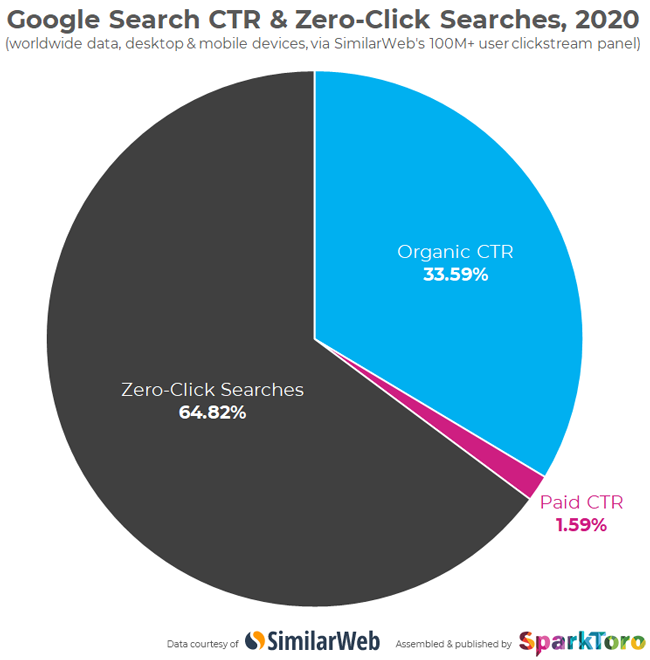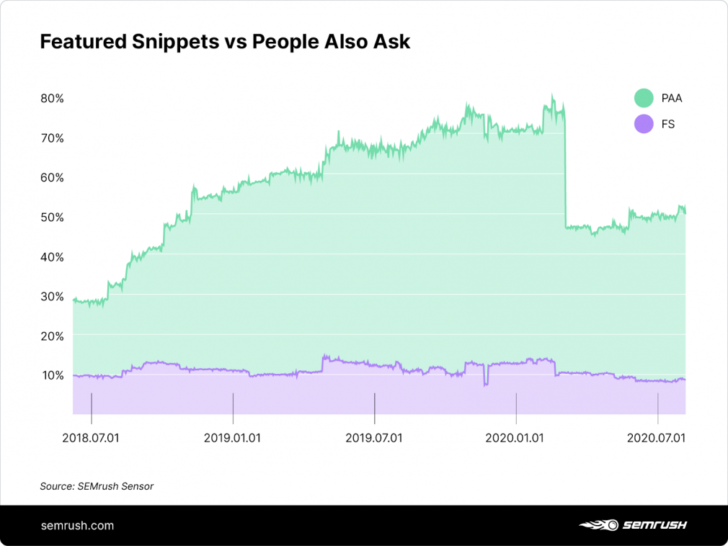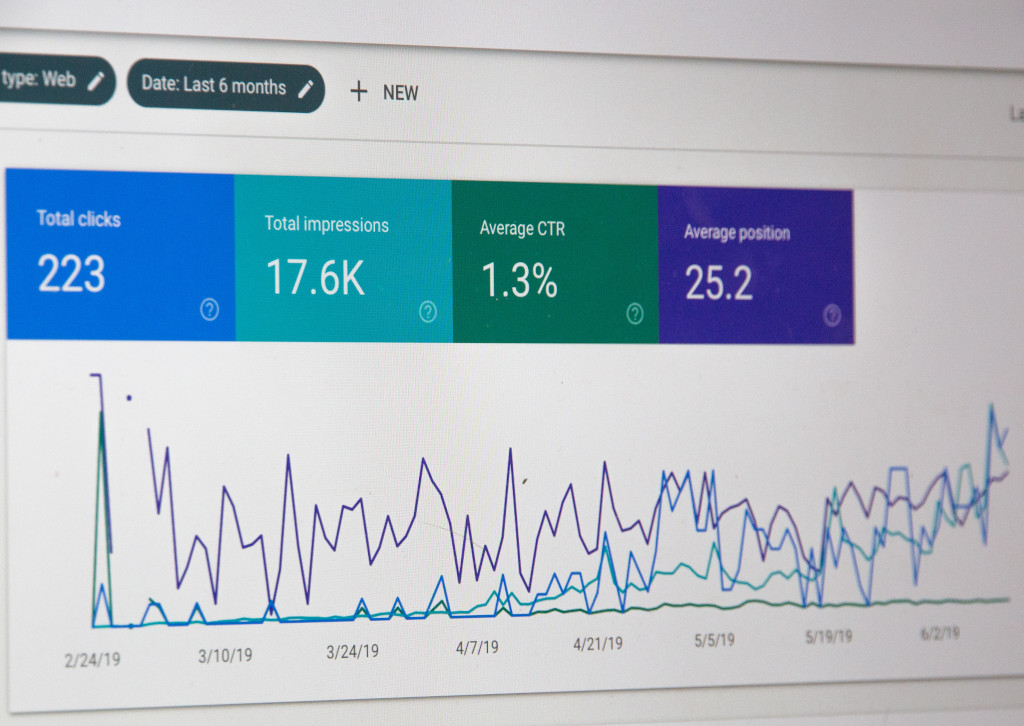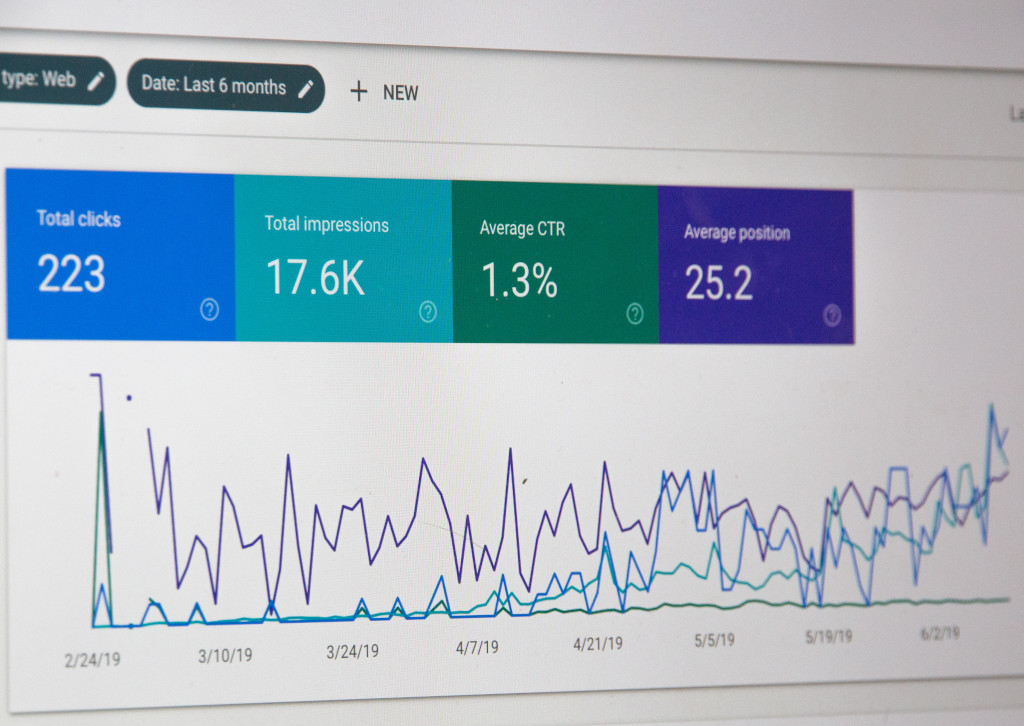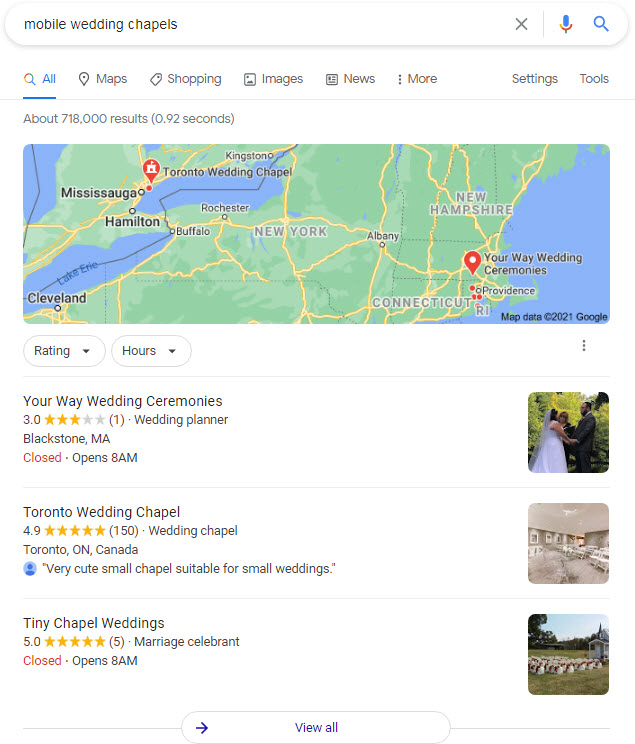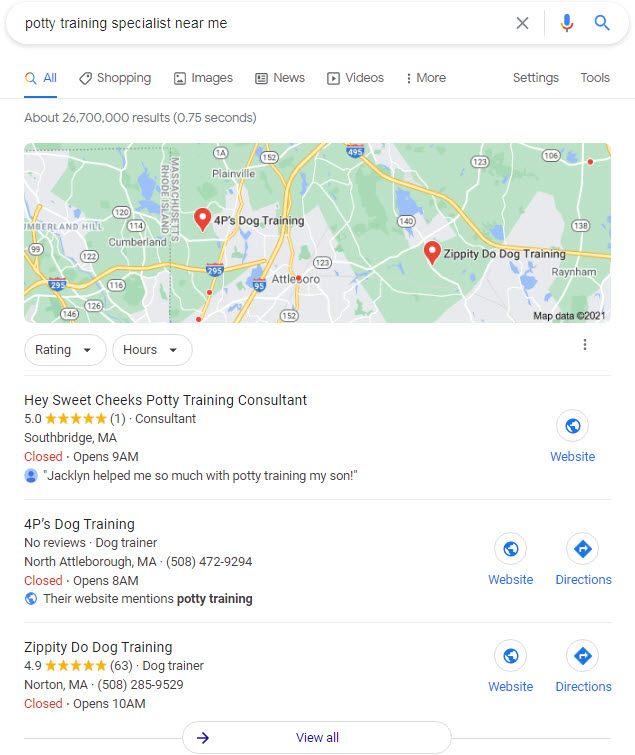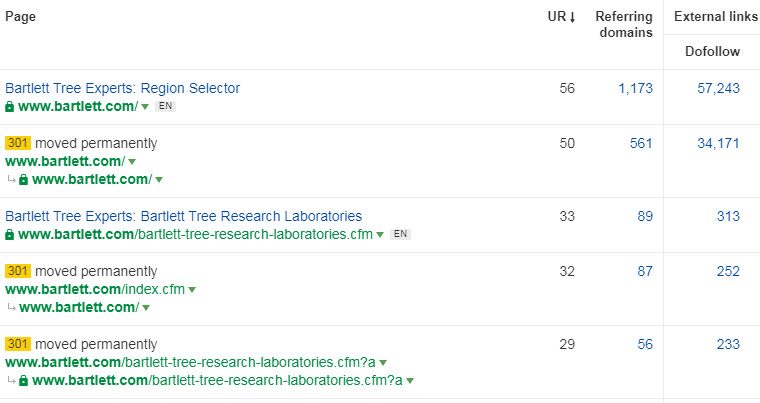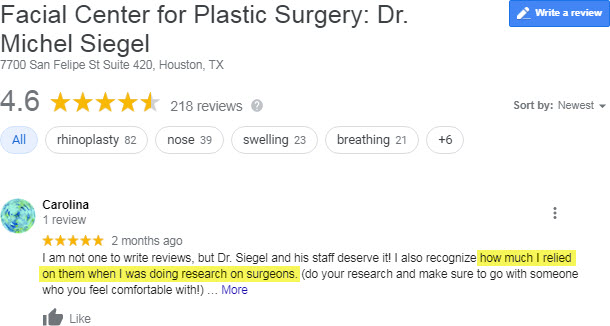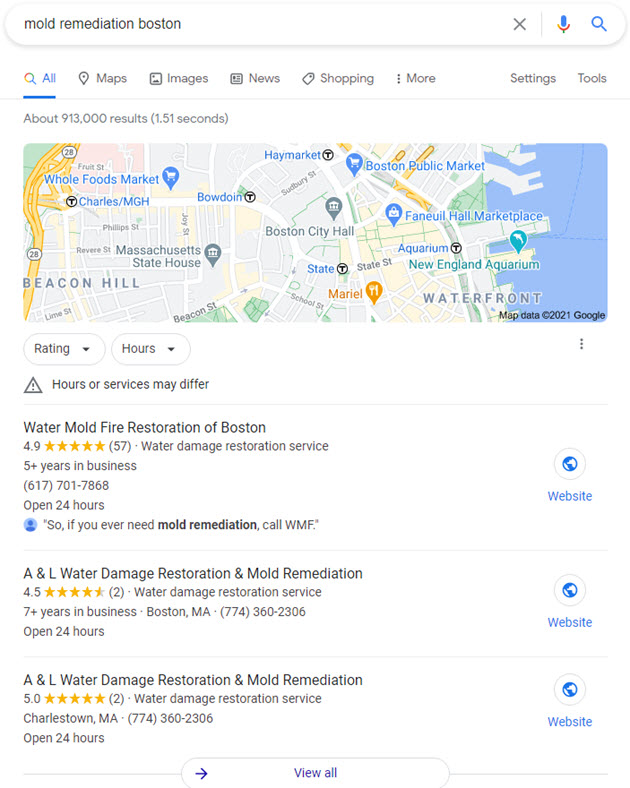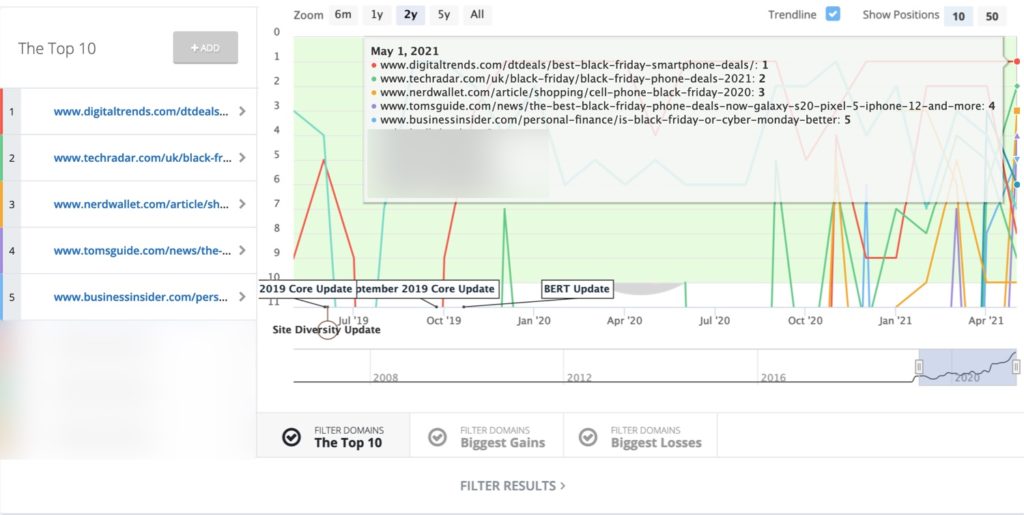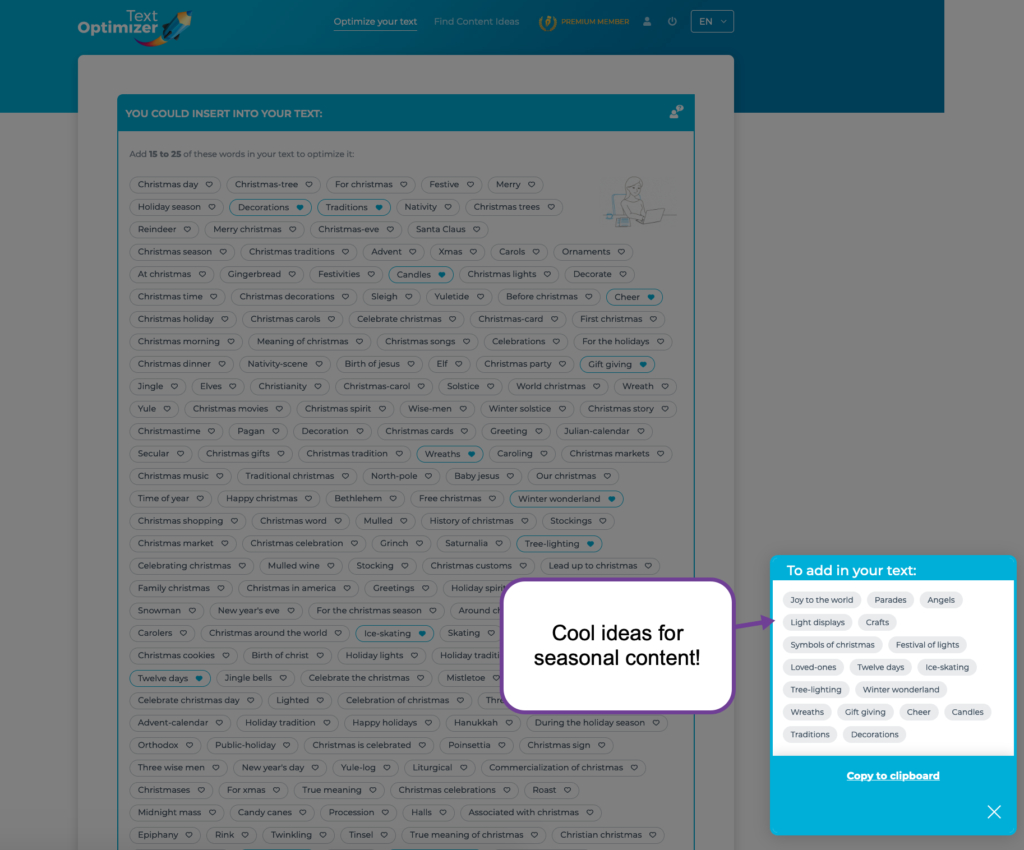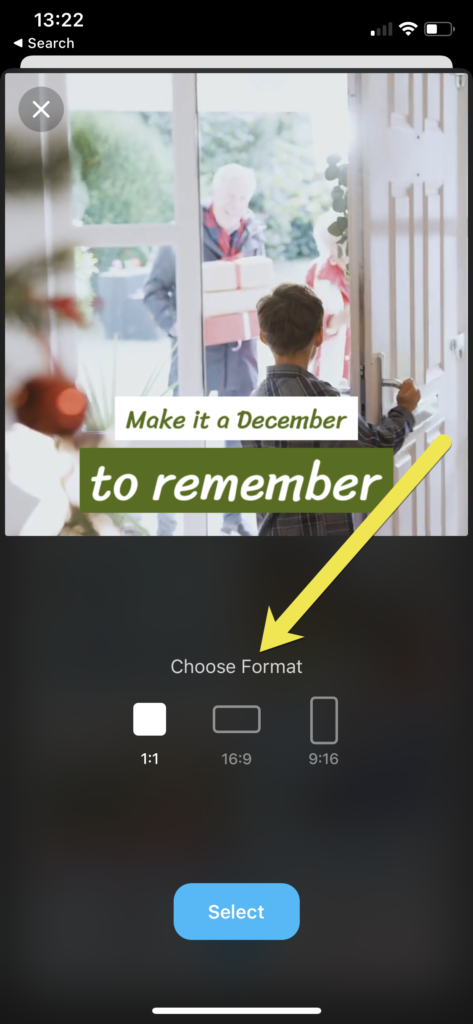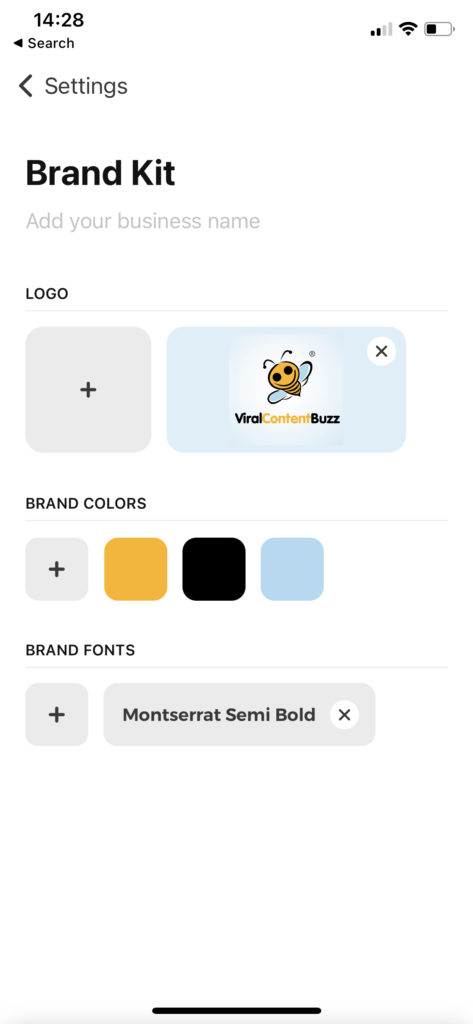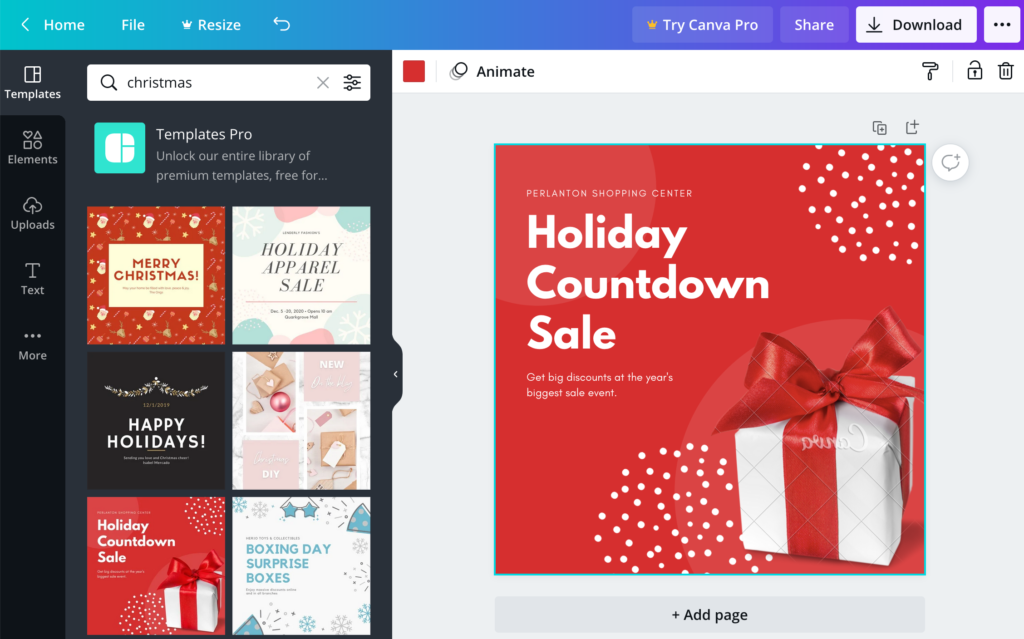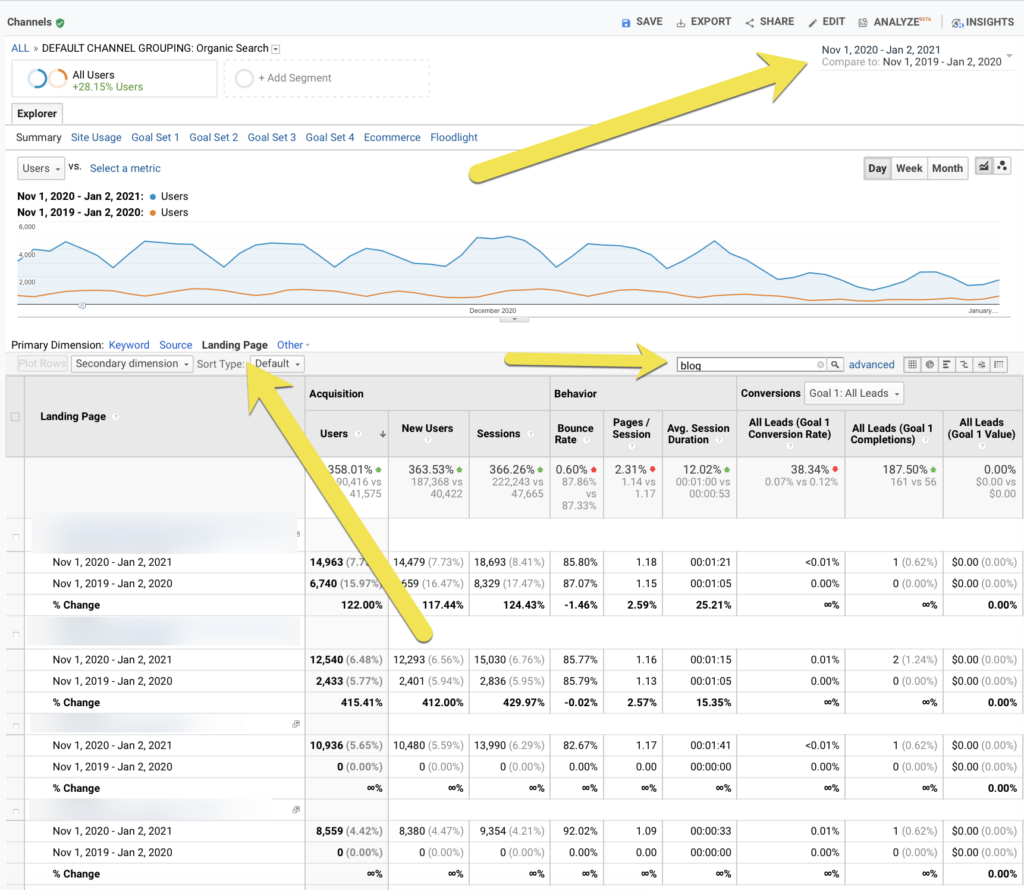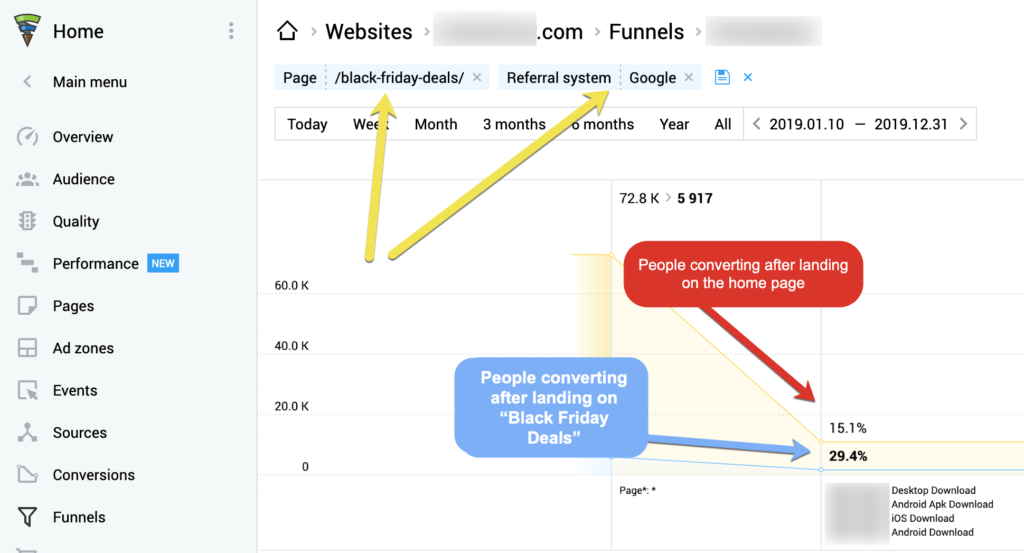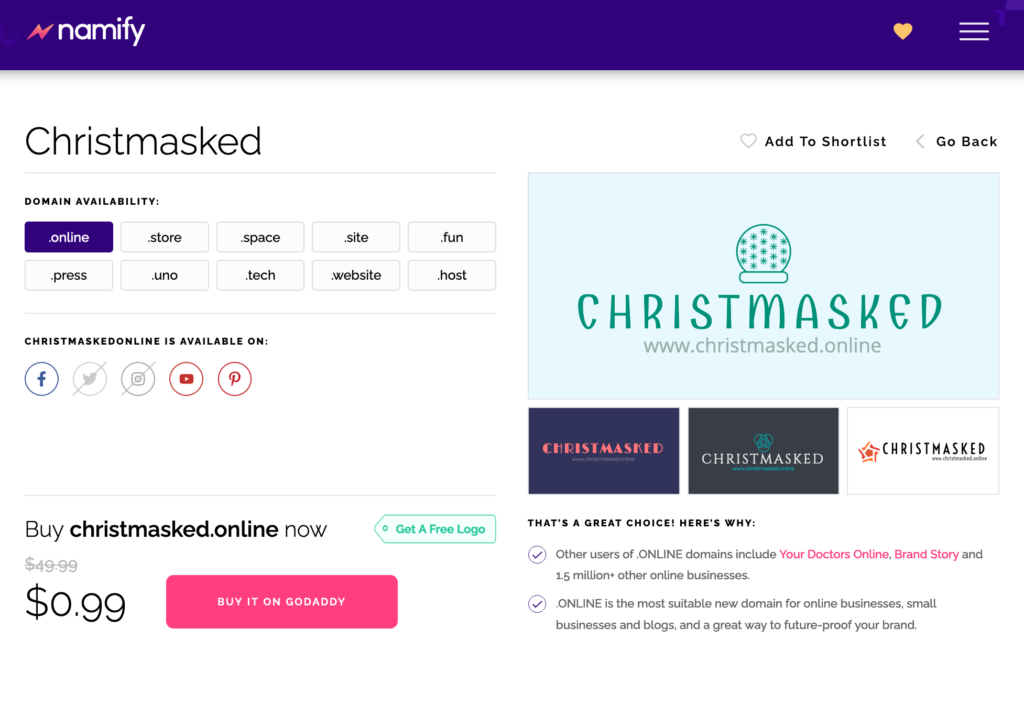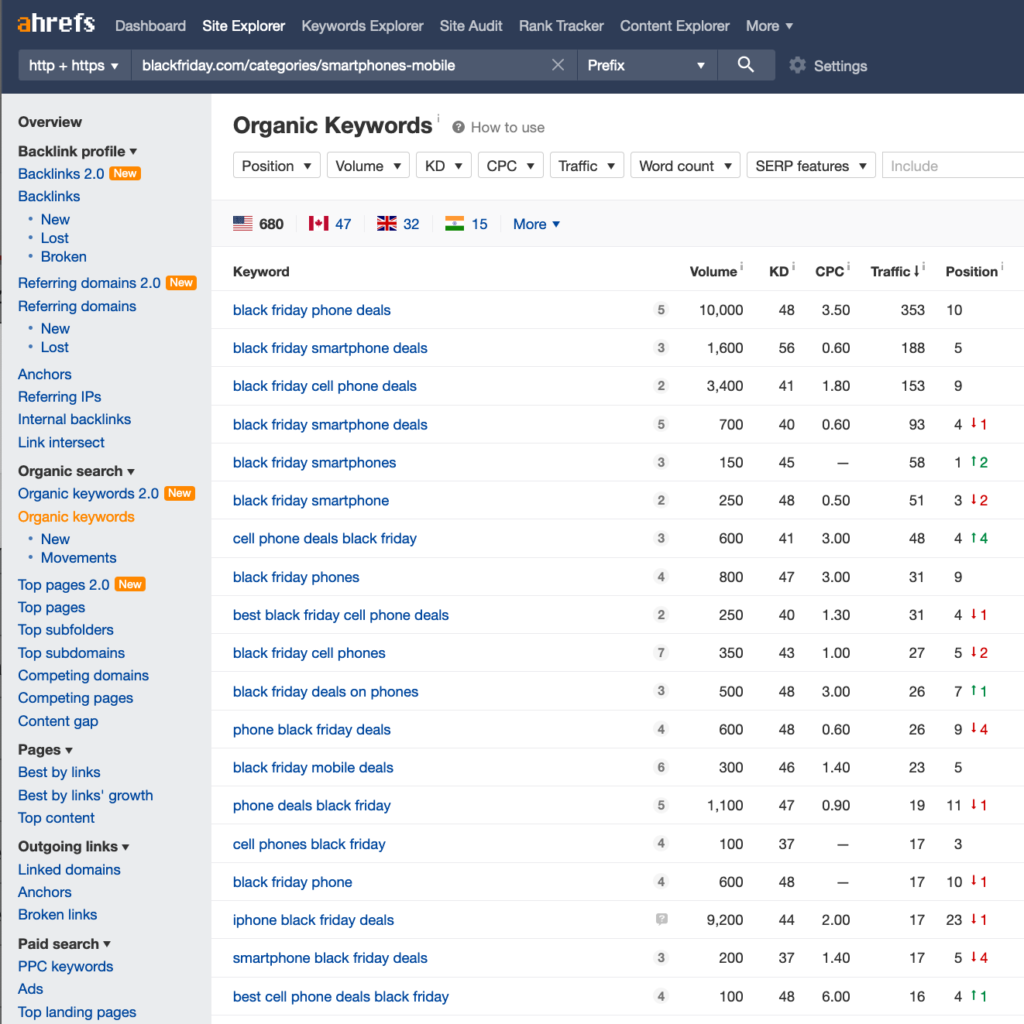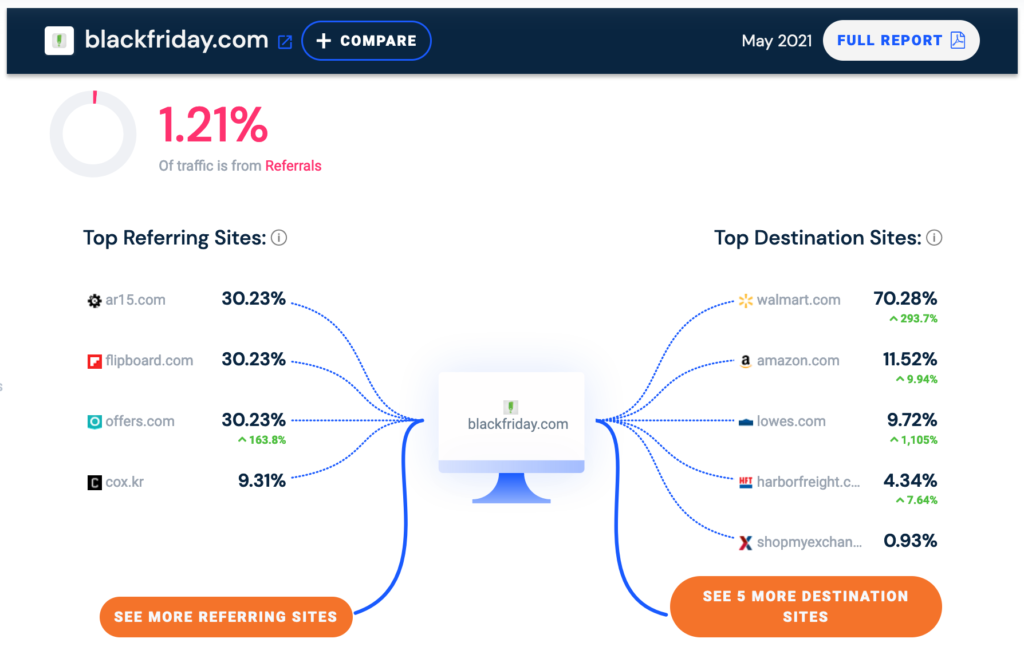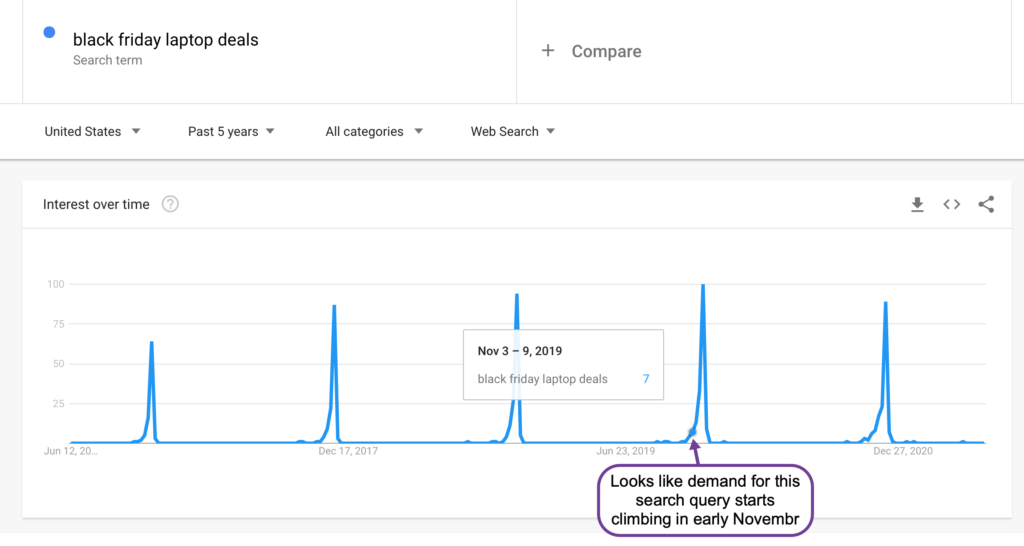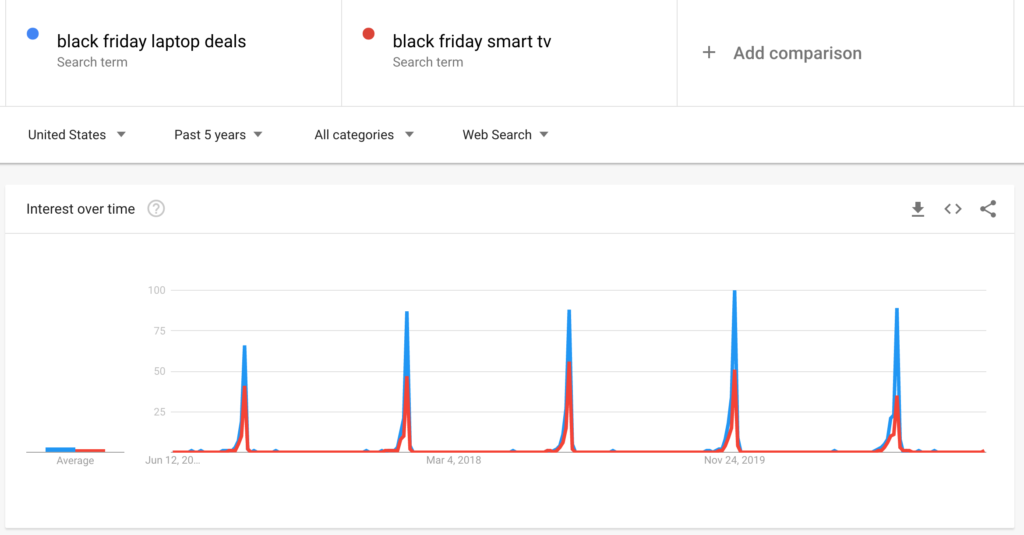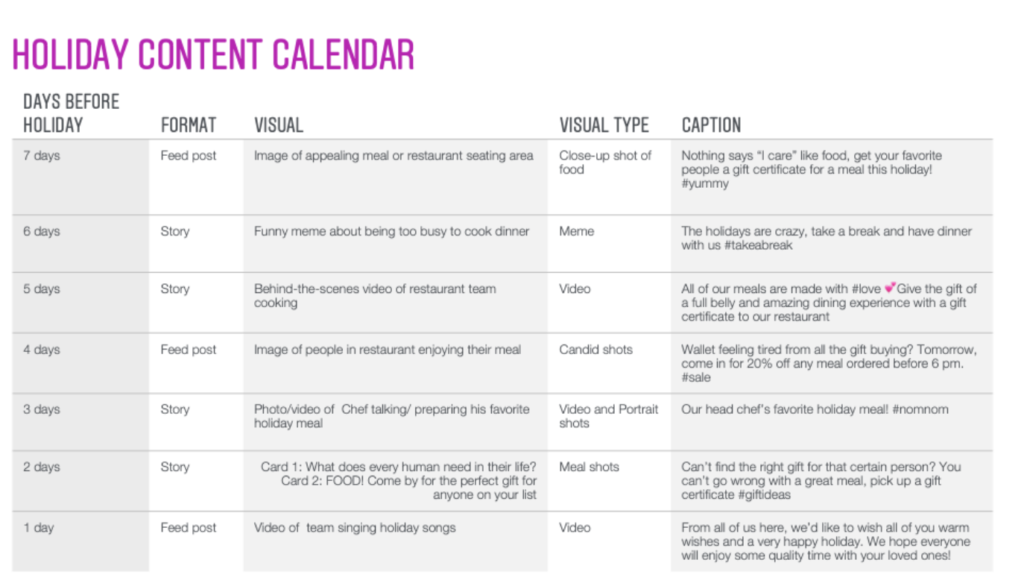Social media marketing (SMM) involves promoting your brand and products using social media platforms. Rank Boss includes content, analytics, and advertising. It also requires a strategy that aligns with your goals and business needs.
The goal of SMM is to promote your business and increase sales. It can also help you manage customer complaints and queries.

Whether you’re a small business owner looking to boost brand awareness or a marketing agency trying to build your client’s social media presence, choosing the right platform is critical. Several platforms have emerged to serve the unique needs of users. Some are best for posting videos and photos; others focus on content or community building. The right platform will help you connect with your audience, increase customer engagement, and generate ROI.
Social media is revolutionizing the way we communicate and share information. Unlike traditional media, which delivers information without any ability to respond, social media allows users to engage with each other directly. In addition, social media has created new ways to make money. It is now possible to market products and services in a very targeted way, increasing customer conversion rates.
Some popular social media platforms include Facebook, Instagram, and YouTube. Facebook is the world’s largest network, with over 2.9 billion registered accounts. It is also the best platform for business marketing, with advanced advertising tools and organic opportunities. Instagram is a photo-sharing platform with over 800 million active users. Its popularity has exploded in 2020, fueled by the popularity of short-form video. YouTube is the second-most popular platform for sharing video content, with over 2.5 billion users worldwide.
Social media provides businesses with a wealth of demographic data and insights. They can use this information to improve product development and create more effective marketing campaigns. These insights can also create more targeted sales and loyalty programs. For example, a hotel chain may offer discounts to loyal customers who follow their social media accounts.
Using social media can also help businesses establish their credibility and build trustworthiness. For example, a company can post customer reviews and testimonials on its website to showcase its products and services. These social media posts can help attract more visitors to the company’s website. This can help businesses grow their customer base and sales revenue in the long run.
Businesses can also use social media to track competitors and industry trends. They can use apps like Hootsuite to set up streams, following specific keywords related to their industry or products. They can then look for customers searching for this information and reach out to them with relevant content. This strategy can be especially helpful for gaining the attention of potential customers who are unfamiliar with your products.
When implementing a social media marketing strategy, defining your goals is important. These should align with the larger business goals and be measurable and achievable. For example, consider setting objectives like “post reach” or “social media engagement” to grow your reach and increase brand awareness.” Keep in mind that a social media marketing strategy must be a cohesive whole and should be executed on all platforms.
A social media marketing strategy is one of the best ways to improve your SEO and attract more leads. This is because social media is a powerful tool that helps you target your audience more efficiently and effectively. However, executing this strategy requires the right set of skills and tools. You can find these tools by analyzing your competitors and using social media analysis tools.
The first step in creating a social media marketing strategy is creating an account on the platform you choose for your business. Once you have your account, select a theme reflecting your brand and target audience. Next, decide what type of content you’ll share on your account. It should be relevant and engaging to your audience. Finally, use analytics to determine the effectiveness of your posts.
A strong social media strategy can boost search engine rankings, improve customer service, and encourage online purchases. It can also help you develop more effective marketing strategies and connect with your customers more personally. However, many businesses need help to execute a well-crafted social media strategy. A survey by NM Incite found that most companies need help defining their social media marketing strategy.
Social media has transformed the way marketers approach customer support. Combining social media management tools with a robust social customer care workflow can build loyal audiences and deliver exceptional experiences. A social media customer care strategy will ensure you’re there for your audience and give them the personalized attention they deserve. This will make your customers feel like you care about them and are always available to answer any questions.
Content is one of the most important aspects of social media marketing, and it is not limited to text. Whether video, images, or written content, it must be interesting and relevant to your audience. In addition, it should be engaging enough to encourage your audience to share and comment. The most effective content, such as brand awareness and lead generation, will help you achieve your business goals.
While almost anything can be social media content, it must be authentic and reflect your brand voice and values. It should also be newsworthy, and the pillars of newsworthiness include timeliness, proximity, conflict or controversy, human interest, and relevance. Static images and short-form videos are common forms of social media content, but be careful not to overdo it. It is better to create one quality piece of content shared across platforms than post irrelevant content everywhere.
The best way to generate content is by sharing industry news or useful tips with your audience. These posts are often referred to as “educational” content and can be used to drive traffic to your website or social channels. Creating educational content is a great way to build relationships with your audience and allows you to gain credibility in your field.
Social media is a powerful platform for businesses to connect with their customers in a new and unique way. Consumers can reach brands in real time, which is invaluable for customer service. It can also be an excellent tool to test and gather valuable data from your audience. For example, a company could host a poll to see what products their audience would like to try.
While many companies still use traditional advertising methods, social media has become a popular and efficient way to promote your brand. It offers a variety of features, such as targeted ads and user-friendly interfaces, to help you connect with your target audience. Social media also allows tracking metrics such as engagement and click-through rates, which can be used to evaluate your marketing efforts.
Social media advertising has revolutionized the marketing world, offering a variety of benefits for businesses. It allows brands to target their ads to specific demographics, interests, and behaviors. It also increases brand visibility and can increase sales. Moreover, it is more cost effective than traditional marketing.
To succeed in social media marketing, you need to have a strong understanding of the latest trends and changes in consumer behavior. You must be able to create a strategy tailored to your customer’s needs that is in line with your business goals. Furthermore, you must have a solid knowledge of how to optimize your ads and maximize their effectiveness.
Many social media marketing training programs are available to help you get started. These courses can teach you how to create and manage a social media marketing campaign from start to finish. They can also introduce you to the latest tools and strategies to achieve your goals. Once you have a firm grasp of the latest trends, you will be ready to take on your career as a social media marketer.
One of the most important aspects of social media marketing is the ability to track and measure your results. With a few clicks, you can see the performance of your campaigns in real-time. This gives you the power to cut ineffective campaigns and scale up high-performing ones. Additionally, social media platforms provide detailed analytics and reporting, allowing you to make informed decisions about your ad strategy.
Another advantage of social media advertising is its ability to reach a large audience. With billions of active users, you can expand your customer base and introduce your brand to new consumers. Social media ads are also shareable, boosting your SEO value by generating backlinks.
As consumer behavior continues to change, the role of social media marketing will continue to evolve. Rather than being an isolated channel, it will become an integral part of any digital marketing strategy. Despite the growing popularity of social media, it is still important for marketers to have traditional promotional methods in their arsenal.


